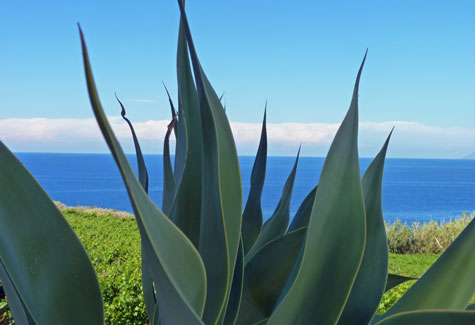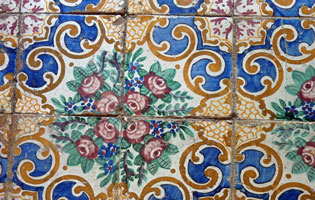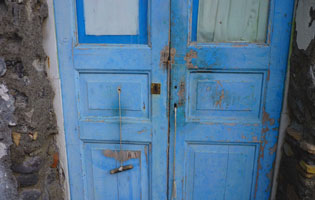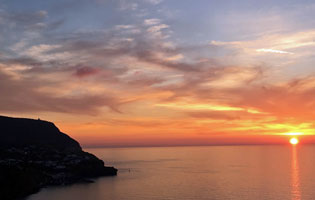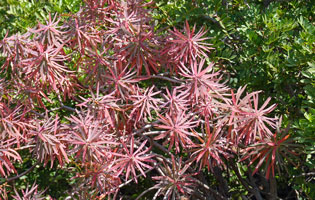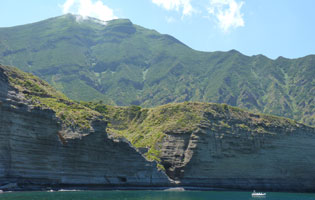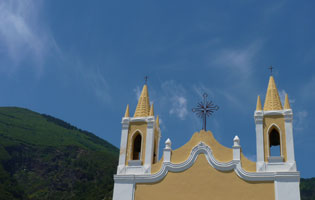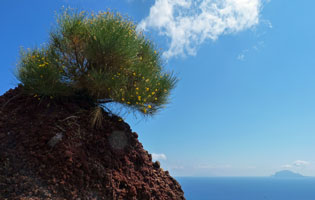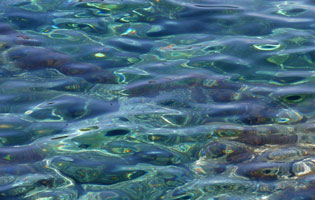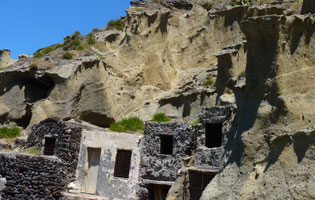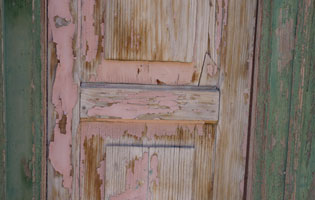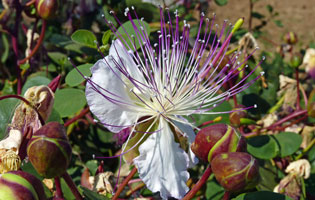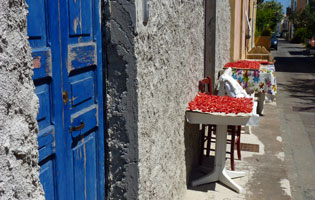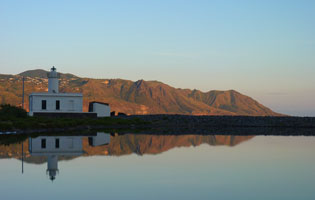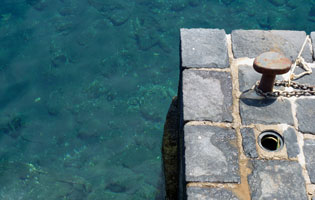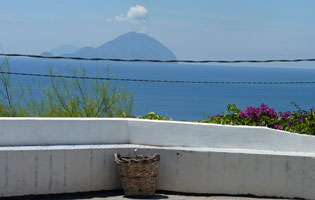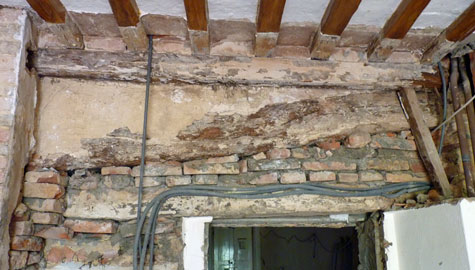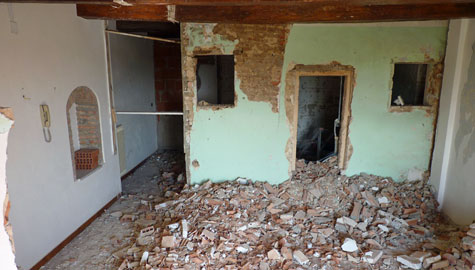|
|||||||||||||||||||||||||||||||
And it’s raining. Again. All right, so the forecast for the next few days promises a sudden leap into summer, with temperatures soaring to 32°. But yesterday and today have been as soggy as ever. Yesterday afternoon it was 13°. Enough already. |
|||||||||||||||||||||||||||||||
|
|||||||||||||||||||||||||||||||
|
|||||||||||||||||||||||||||||||
|
|||||||||||||||||||||||||||||||
I made a startling discovery about capers as we ambled back to our room one evening. Caper flowers have the strangest perfume at night – like a pungent, pleasant version of a horrid hair-removing cream. So sure was I that I knew capers, and couldn’t be surprised by them, that it took me quite a while to work out that that scent was indeed emanating from the firework-burst flowers lining the path running between rows of malvasia grape vines. One of the many charms of Salina is that they cultivate capers on arching bushes in open fields, not cascading out of sheer walls, their roots insinuating themselves into soil-less mineral. Here, they’re part of a well-worked peasant landscape with a different colour palette from the one I’m used to, full of prickly pears in flower, fig trees pruned so low that I’d be head and shoulders above the foliage if I crept between the wide-spreading branches, tomato plants that are well nigh over when mine are still fledgling (already in early June ladies have great tables full of the quartered fruit laid out, drying in the sun) and all punctuated by the rusty orange of Euphorbia dendroides and the screaming scarlet of poppies. |
|||||||||||||||||||||||||||||||
|
|||||||||||||||||||||||||||||||
The latest excitement in my building scheme in town (after the secret door, now fully revealed as the photo above right shows) is a beam. Again, it was hidden beneath one of the thin hollow-brick veneer walls that previous owners put up whenever the existing wall wasn’t bump-less enough for their tastes. It’s on the ground floor, high up on the short wall that cuts transversally across the centre of the building. It’s a huge old beam, sloping down from the wall that divides me from my neighbours to the north, towards a column of bricks that sticks out more or less in the centre of the short internal wall (we haven’t removed the veneer on the south side of the column, so I don’t know how far the beam continues). The gradient isn’t steep, but neither is this beam anything like horizontal enough to support a floor above. So what’s it doing there? It’s a huge beam, and therefore clearly intended to support something: they wouldn’t have bothered to heave the monstrous thing up there if it didn’t serve a purpose. Could the brick column end have subsided, easing that end of the beam lower? No, because you’d see that uneven-ness downstairs in the cellar. In fact, the gradient on the beam looks very much like the gradient on a lean-to roof. Is that what we’re looking at? Was the first manifestation of my house – originally part of the fort at the far end of the street – just a one-story shed with a roof resting on this beam? It was, after all, a stable block: no need for the further three floors above. Could this beam have been levered up there some time shortly after 1280, then incorporated into the structure as it grew upwards over the centuries? There must be some way I could have the beam analysed. Or I could go on speculating, which is just as much fun. And of course it keeps my mind off the fact that bureaucracy – or rather the seeming impotence/incompetence in the face of it of the people whom I’m paying specifically to deal with it – is still driving me crazy. |
|||||||||||||||||||||||||||||||
| BACK | Blog |
||||||||||||||||||||||||||||||
